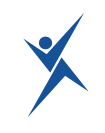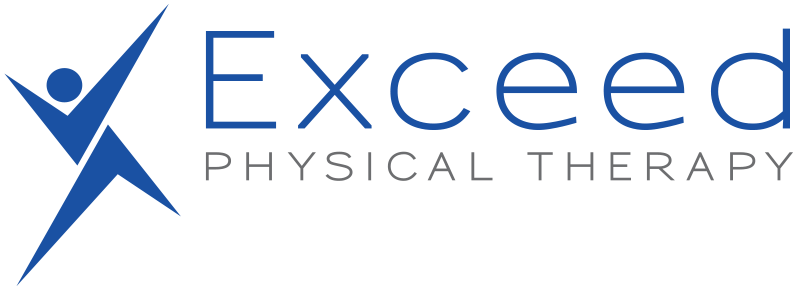Treatment Approaches
Treatment Approaches
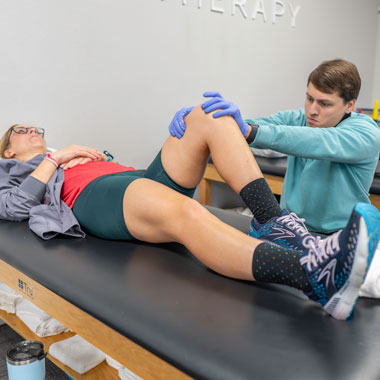
Manual Traction
Manual Traction is a targeted therapy that can work wonders for various neuromuscular issues. Our therapists use gentle, controlled pressure that can decompress nerves and discs. By creating space between vertebrae or joints, we alleviate pressure, reduce pain, and promote optimal healing.
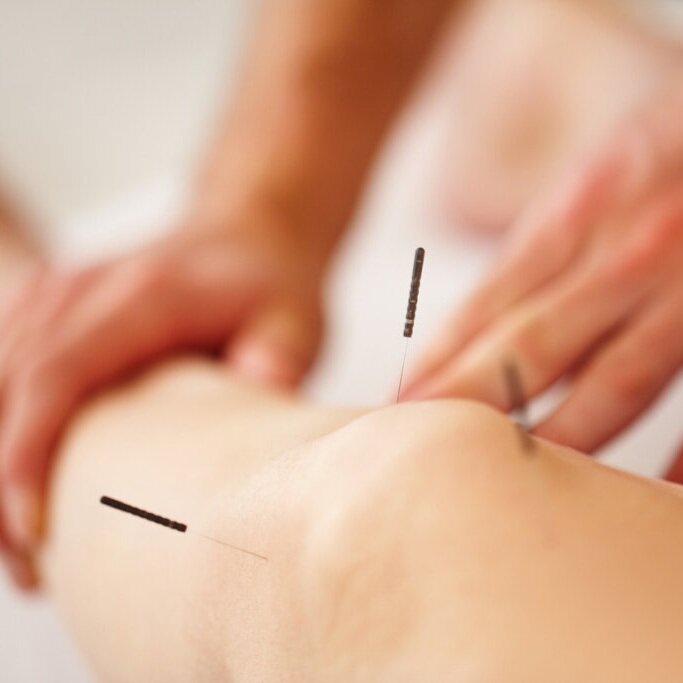
Dry Needling
Dry Needling focuses on trigger points to release muscle tension and alleviate pain. Tiny, sterile needles are skillfully inserted into tight muscle knots, stimulating a release that brings relief and improved range of motion.
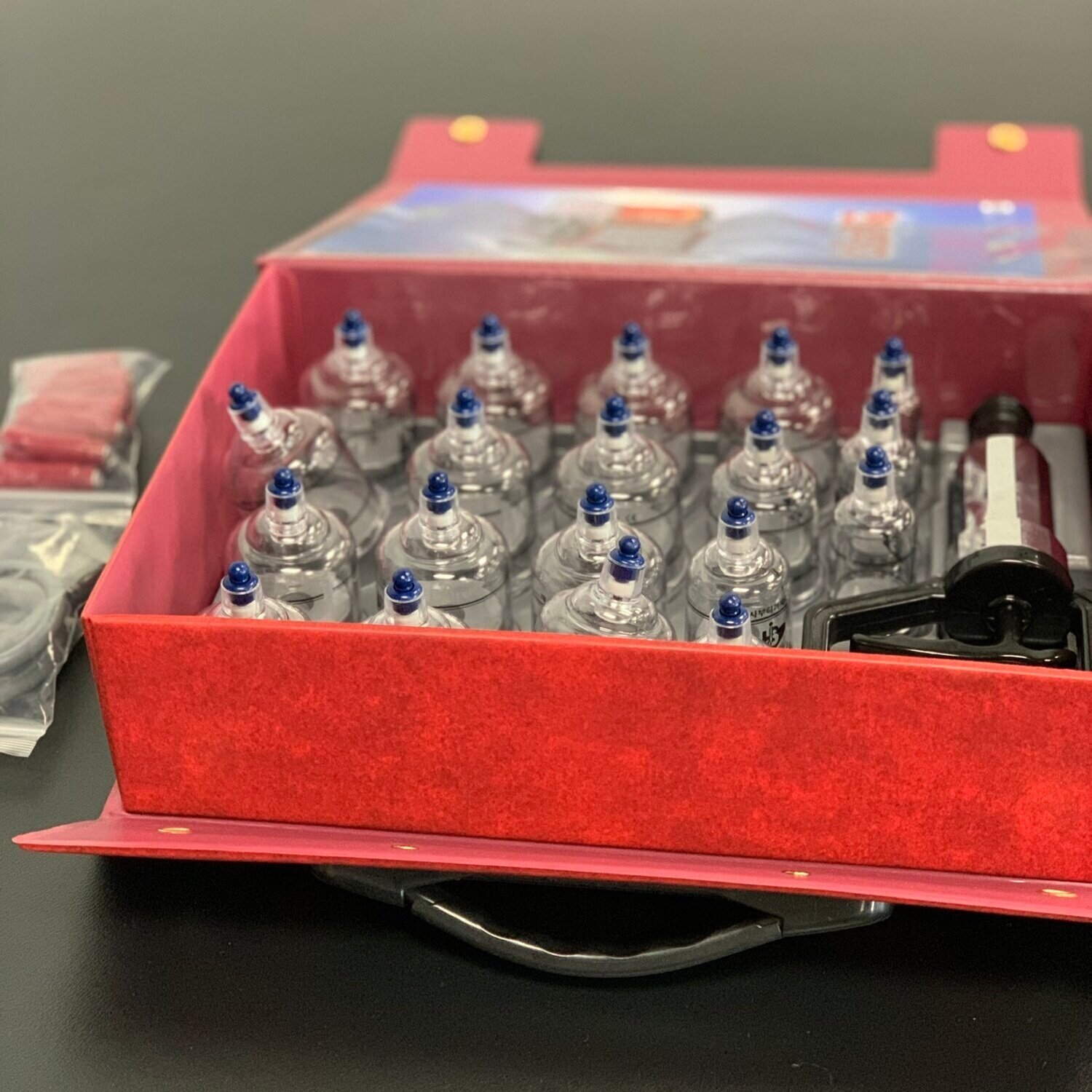
Dry Cupping
Made popular by athletes, this ancient technique involves placing cups on the skin to create suction, promoting blood flow, and releasing muscle and fascial tension.
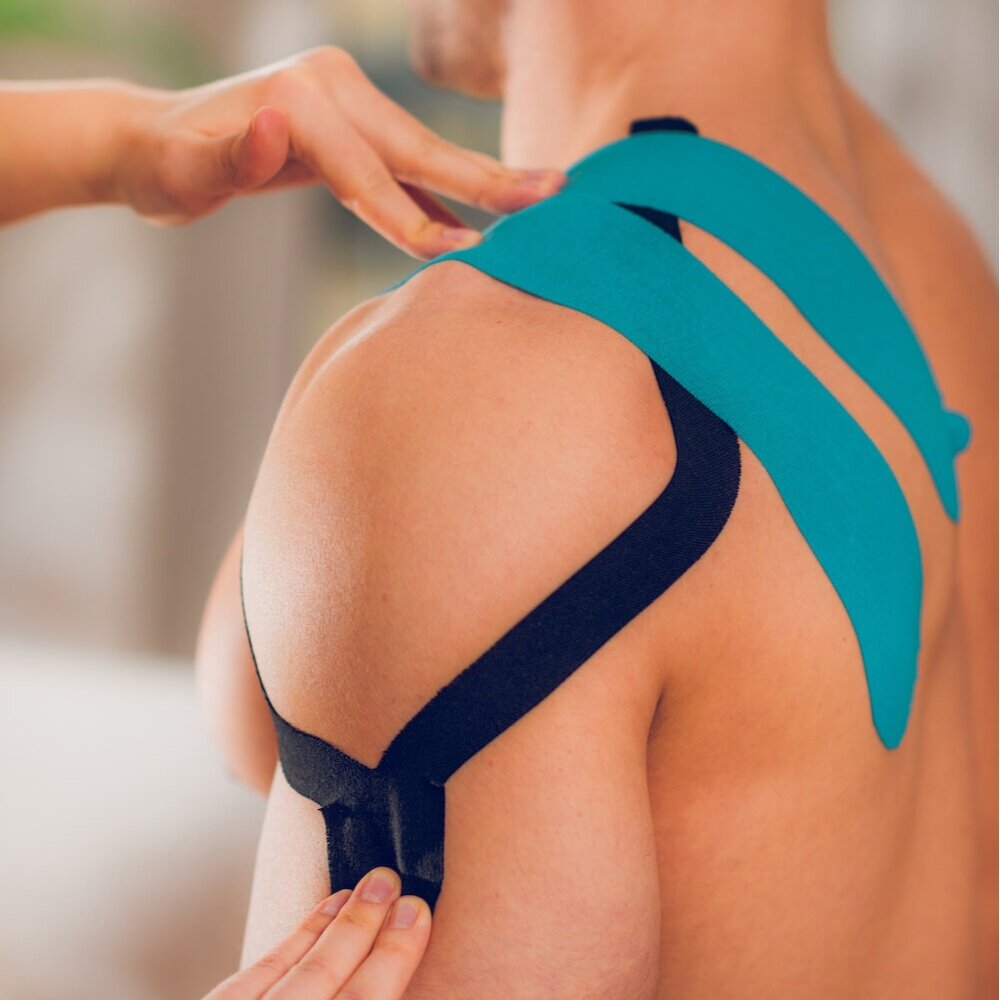
Taping
Taping is a specific treatment technique used for inhibition (limits motion) or facilitation (assists motion) purposes. Taping involves placing specialized strips of either rigid or flexible tape on various parts of the body in a specific direction to help improve or limit mobility, inhibit pain, increase blood circulation, manage scar tissue, decrease swelling, and provide stability for joints, muscles, and tendons. Physical therapists are specially trained on a variety of taping methods and utilize taping in conjunction with physical activity for the improvement of a patient’s quality of life.
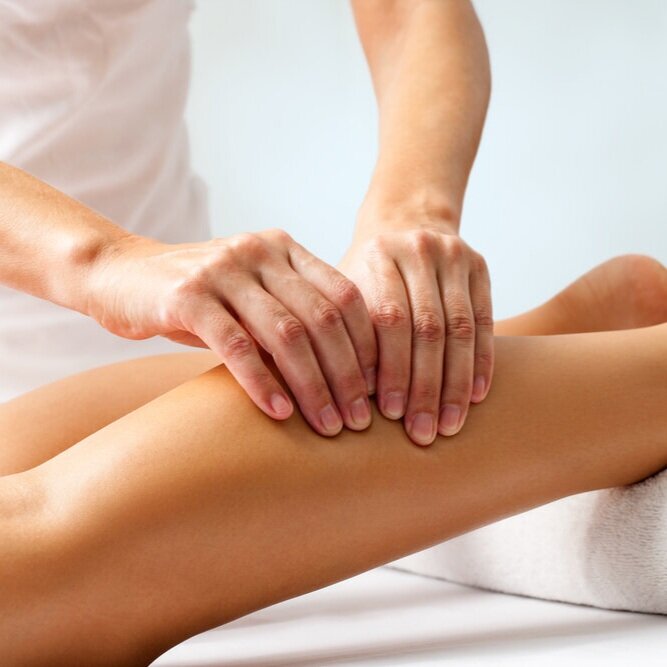
Myofascial Release
Myofascial Release is a manual therapy technique that attempts to release tension in myofascial tissues which are tough membranes that wrap, support, and connect your muscles. Symptoms are often associated with a certain trauma (such as motor vehicle accidents, surgery, or other injuries), improper postural alignment, or inflammation. Typically, myofascial pain arises from “trigger points” where focused manual pressure and stretching loosen up restricted movement which reduces pain.
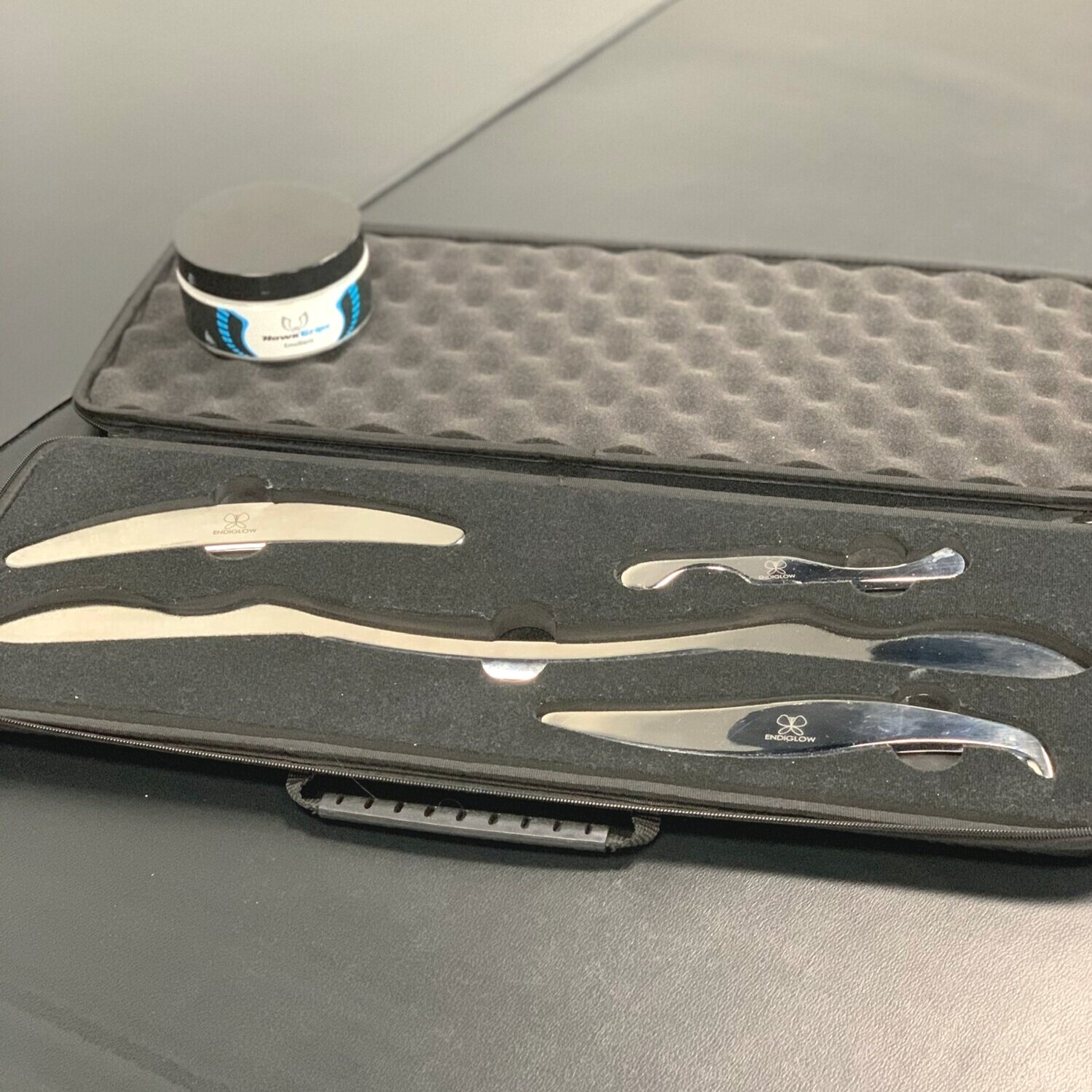
Instrument-assisted soft tissue mobilization IASTM
Instrument-assisted soft tissue mobilization IASTM is a relatively new manual therapy treatment technique that utilizes ergonomically-shaped metal instruments to detect and treat areas exhibiting scar tissue, soft tissue restrictions, chronic muscle/ligament strains, adhesions, or chronic inflammation. Physical therapists use this technique for the purposes of mobilizing muscles, fascia (collagen surrounding muscles), tendons, and ligaments to decrease pain, improve soft tissue mobility, and stimulate rehabilitation and recovery.
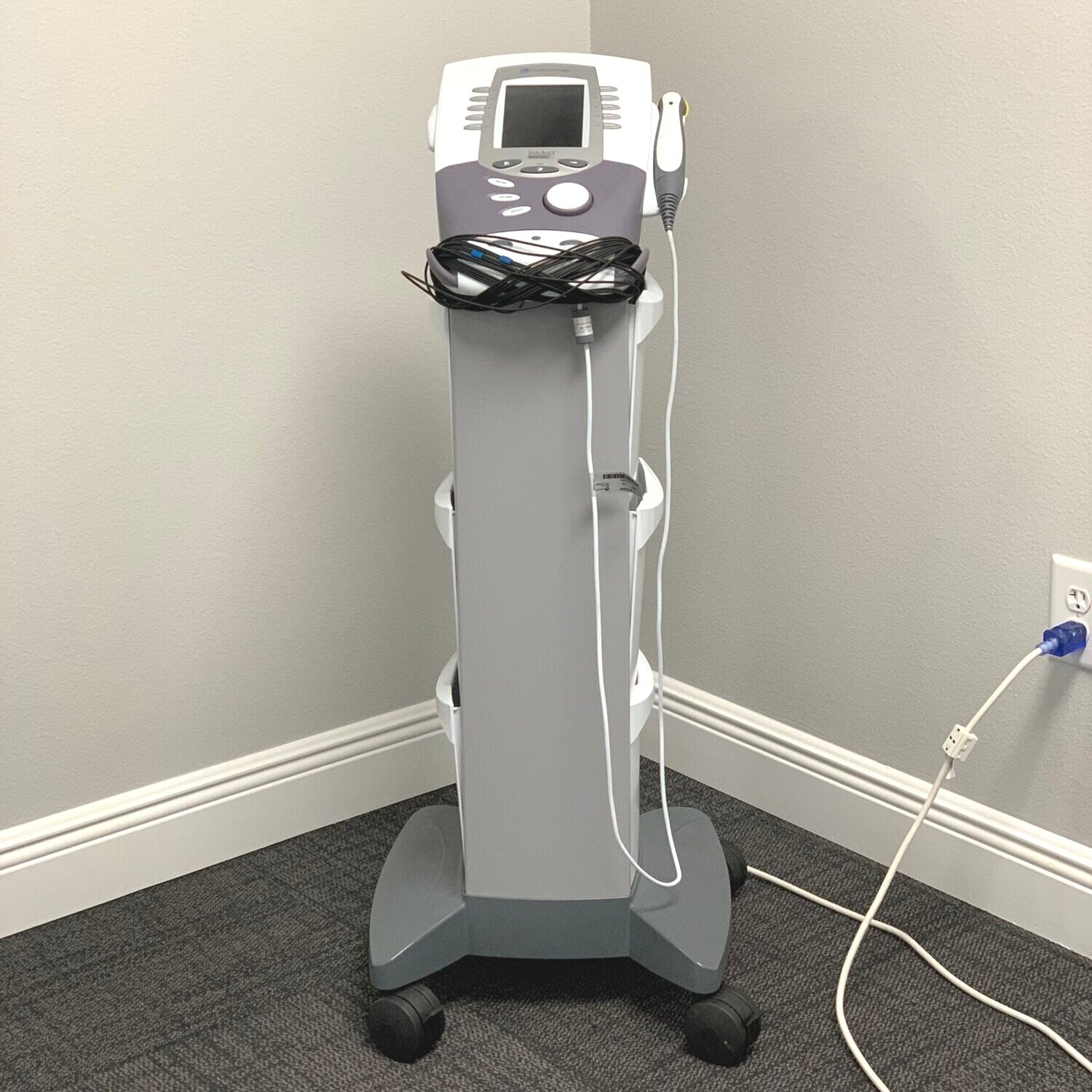
Electrical Stimulation and Ultrasound
Electrical Stimulation is a treatment modality often used by physical therapists for patients who are suffering from pain, decreased strength, and/or issues with functional mobility. E-stim is a specific type of treatment that administers an electrical current through the skin (via electrodes) to muscle groups or nerves of the body. Depending on the parameters of the e-stim chosen, physical therapists utilize this treatment for pain relief, strengthening, re-education, or muscle recovery purposes.
E-stim is not recommended for those who are pregnant or who have a pacemaker implantation.
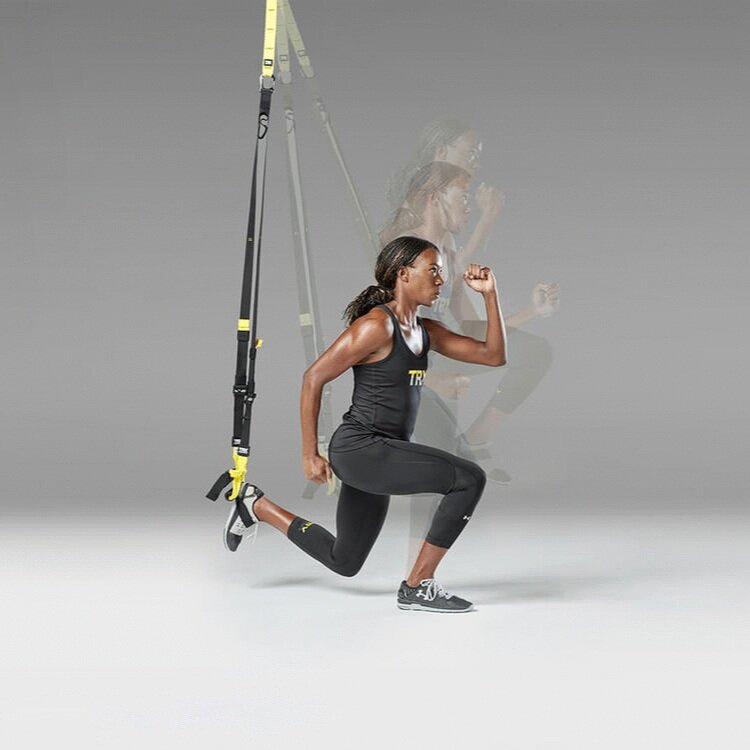
TRX Suspension System
The TRX Suspension System is the most versatile tool available which utilizes Suspension Training to assist with achieving strength, balance, flexibility, mobility, and injury prevention needs.
We deliver more than expected.
